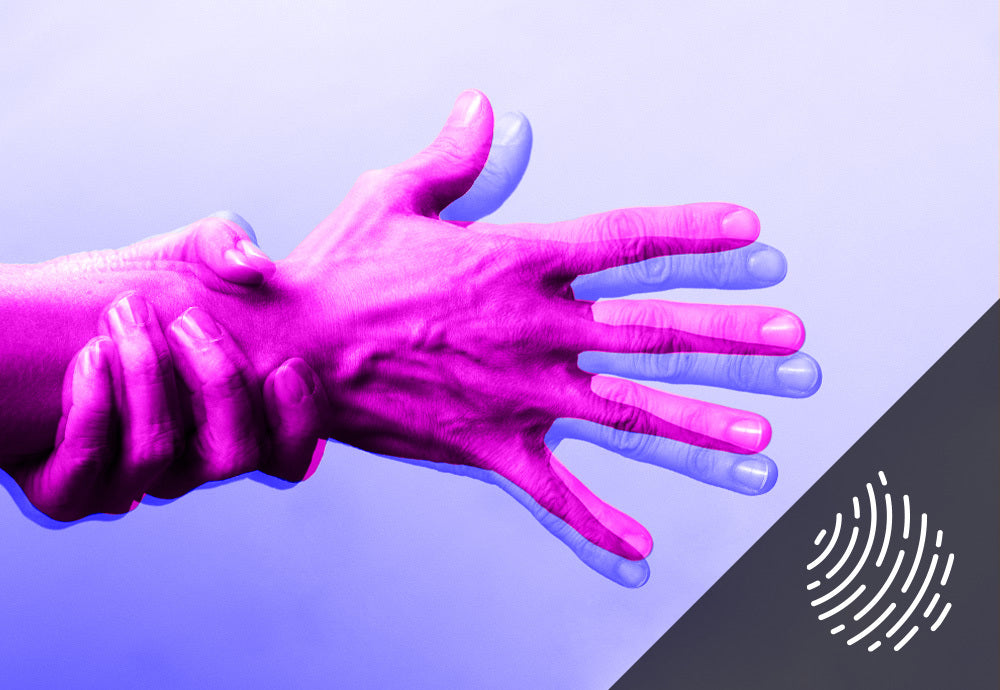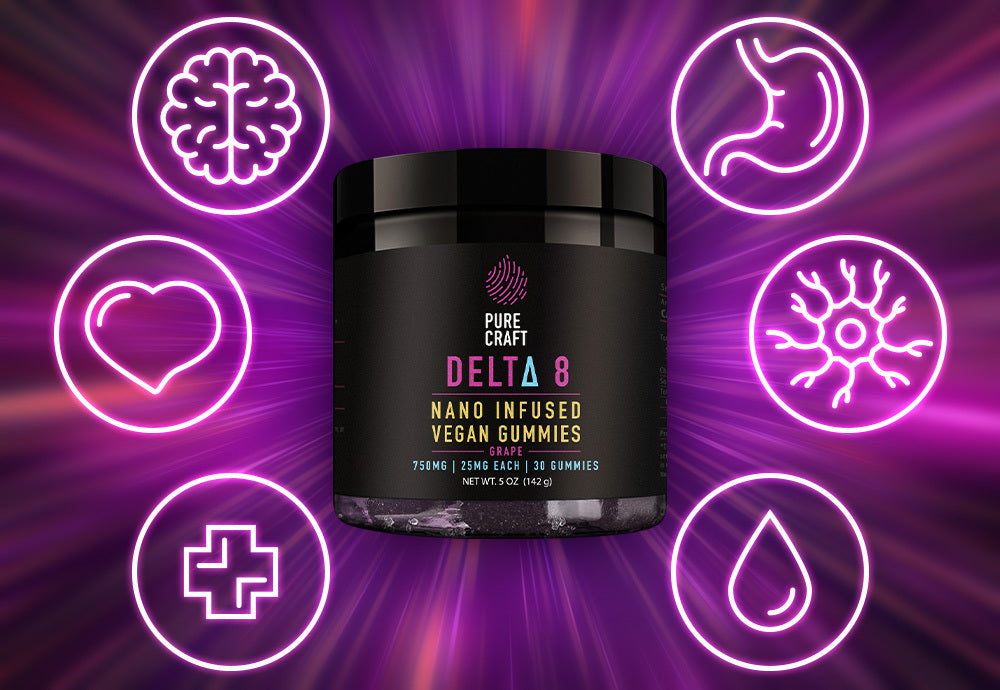Your Cart is Empty
FREE SHIPPING ON ORDERS $70+ | SATISFACTION GUARANTEED
As an end consumer, when you buy CBD products, you’re getting a finished good that includes other ingredients. The highly-concentrated CBD extract in your CBD gummies and CBD tinctures has been diluted with carrier oils and mixed with other substances to give them shape, texture, flavor, smell, color, and maybe additional functional effects.
This is why you have so dang many CBD products available to you!Lovin’ it!
But, as we’ve probably said more than a few times, not all CBD products are equal or created with only good-for-you ingredients. Recently, we covered the wholesome and helpful other ingredients that might be in your CBD oil products. (Read the post calledThe GOOD, The Bad & The Ugly: CBD Oil Products’ Other Ingredients.) Today, we’re dunking on the detrimental CBD product inclusions you’ll want to stay away from.
For our purposes, we’re defining “bad” ingredients as ones that are harmful to you. These are things that may or may not have intentionally been added to the CBD oil products.
The chances of ingredients being hurtful to you is greater for ingested CBD products — CBD tinctures, CBD gummies, CBD softgels, CBD edibles, and so on. We’re writing this post with that at the core. However, it’s completely possible for damaging ingredients in CBD topicals to leech into your systems.
Taking a broader view, some of these ingredients might also be dangerous to the environment or run counter to the ideals of sustainable agribusiness. Our bodies aren’t living in an isolated bubble, so we know this is important to consider as well.
Would it shock you to hear that lousy hemp leads to inferior CBD extract, which in turn yields lower-quality CBD oil products? It’s really like watching dominoes fall one after the other….
Impurities in hemp are often not fully removed during processing. That means they’re still in there when you’re consuming the products made that adulterated hemp. When you consider that these contaminants are chemicals like fertilizers and pesticides or heavy metals in the soil — well, even trace amounts can be unhealthful.(1)
The best way to avoid full-on or residual quantities of these nasty elements is to select CBD products derived from the purest possible hemp. You can do this by opting for products — like Pure Craft’s — with CBD made from organic, US industrial hemp. Industrial hemp is well-regulated in the US and has very stringent standards. Hemp from abroad is unpredictable at best.
Let’s assume you’re eyeing only the CBD products made from top-tier hemp — because of course you are! What else should you be careful of in your CBD oil goods? Read and learn, friend.
This is kind of a generic catch-all. It includes any:
Certainly, just because they’re chemicals doesn’t make them bad guys. We’re just raising the warning flag because many chemicals are dangerous. If you’re looking to your CBD products to enhance your well-being — it behooves you to know if there are dangerous chemicals coming along for the ride.
Yah, a little is nom-nom-nom (eyes roll back in head and happy drool trails out of the mouth). But going overboard can be detrimental to your health or counter to personal wellness goals. Put it in perspective: A single CBD brownie on occasion may be fine; having one every day might write a different story.
Similar to the idea that sugar/salt/fat may be bad ingredients — even though, in and of themselves they’re probably OK — other cannabinoids may not jibe with your body or self-care objectives. Just because many cannabinoids generally are well-tolerated, seem to have low toxicity, and don’t generate many reports of adverse reactions, doesn’t mean they’re always for everyone. If they’re in your CBD product and you don’t want them there — they’re baddies (foryou) for sure.
E-coli and salmonella don’t just hang out in bagged, loose-leaf lettuce. They can be in CBD products and can cause you to get sick.(1) In CBD products, they likely creep in when products aren’t properly produced or stored after production. The same can be said for rando miscellaneous contaminants, too.
We know what you’re thinking:If it’s not on the label, how do I know it’s there? And is it really — technically — an ingredient?
Let’s tackle your second question first. If you accept a more generous concept of “ingredient” (i.e., anything that’s in your CBD product) — then: Yes, microbes and contaminants are ingredients. The answer to your first question is basically in everything in the next section....

With a little time and attention, anyone can obtain CBD products that are free of toxic or potentially injurious ingredients. Here are some quick tips to get you started:
Harmful ingredients can be intentionally added or inadvertently included in your CBD oil products. Your best bet is to use products with CBD derived from organic US hemp and other natural ingredients.
Before buying any CBD products, thoroughly research them to find out the hemp source, product details, and so on so that you know exactly what you’re getting. Select products with ingredients that align to your needs and preferences — because sometimes what’s considered a “bad” ingredient is subjective.
To learn more about healthful ingredients partnering with your CBD, check out our other post on this topic.
Pure Craft offers a full selection of premium CBD products that feature CBD from the purest domestic hemp and other natural ingredients.
References

The cannabis compound CBD has been popping up in Parkinson’s disease (PD) therapy and prevention conversations, propelled by success stories from p...
Read More
CBD is one of the most popular supplements on the market today. But you're a savvy consumer. You know just because something is popular doesn’t mea...
Read More
You know delta-8 as "weed-lite" or the "chillest of the cannabinoids." But what about all the potential health benefits of this unique compound? Wh...
Read More